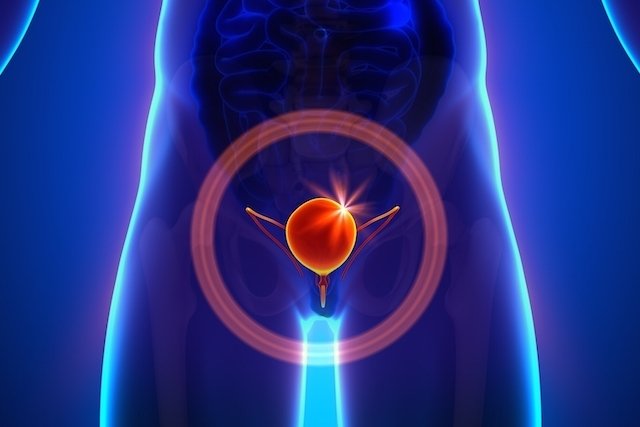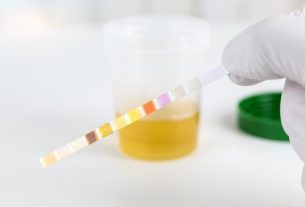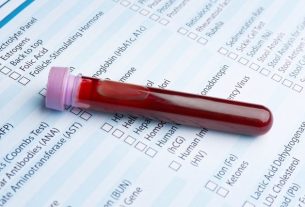Cystoscopy, or urethrocystoscopy, is a medical procedure performed to identify any changes in the urethra and bladder. This exam is simple and quick and can be done in the doctor’s office under local anesthesia.
Cystoscopy may be recommended by a urologist or gynecologist with the aim of investigating the cause of blood in the urine, urinary incontinence or infections, for example, in addition to checking the presence of any changes in the bladder.
If any irregularity is observed in the bladder or urethra, the doctor may perform a biopsy to complete the diagnosis and begin treatment.

What is it for
Cystoscopy is useful for:
- Diagnose tumors in the bladder or urethra;
- Identify infection in the urethra or bladder;
- Check for the presence of foreign bodies;
- Assess the size of the prostate, in the case of men;
- Identify vesicais stones;
- Help identify the cause of discomfort when urinating;
- Investigate the cause of blood in the urine;
- Check the cause of urinary incontinence.
During the examination, if any changes are found in the bladder or urethra, the doctor can collect part of the tissue and send it for biopsy so that the diagnosis can be made and treatment can be started if necessary. Understand what a biopsy is and how it is performed.
How is the preparation
There is no need for any type of preparation to take the exam, and the person can drink and eat normally when the procedure is carried out under local anesthesia. However, before carrying out the test, it is important that the person completely empty their bladder, and urine is normally collected for analysis in order to identify infections, for example. See how the urine test is done.
When the patient chooses to undergo anesthesia/sedation, it is necessary for an anesthesiologist to be present at the procedure site and to fast for at least 8 hours. It is also recommended that you suspend the use of any anticoagulant medications you may be using.
How cystoscopy is performed
Cystoscopy is a quick exam, lasting on average 15 to 20 minutes, and can be done in the doctor’s office under local anesthesia. The device used in cystoscopy is called cystoscope and corresponds to a thin device that has a microcamera at its end and can be flexible or rigid.
The type of cystoscope used varies according to the objective of the procedure:
- Flexible cystoscope: it is used when cystoscopy is performed only to visualize the bladder and urethra, as it allows better visualization of the urinary structures due to its flexibility;
- Rigid cystoscope: It is used when it is necessary to collect material for biopsy or to inject medication into the bladder.
To carry out the exam, the doctor cleans the area and applies an anesthetic gel so that the patient does not feel discomfort during the exam. When the region is no longer sensitive, the doctor inserts the cystoscope and observes the urethra and bladder by viewing the images captured by the microcamera at the end of the device.
During the examination, the doctor may inject saline solution with the aim of dilating the bladder to better visualize it or a medication that is absorbed by cancer cells, making them fluorescent, when bladder cancer is suspected, for example.
Recovery from cystoscopy
After the exam, the person can return to their activities normally, however it is common that after the anesthesia takes effect, the region may become a little sore, in addition to being able to observe the presence of blood in the urine and burning sensation when urinating, for example. These symptoms usually pass after 48 hours, however, if they persist, it is important to report it to your doctor so that the necessary measures can be taken.

Sign up for our newsletter and stay up to date with exclusive news
that can transform your routine!
Warning: Undefined array key "title" in /home/storelat/public_html/wp-content/plugins/link-whisper-premium/templates/frontend/related-posts.php on line 12
Warning: Undefined array key "title_tag" in /home/storelat/public_html/wp-content/plugins/link-whisper-premium/templates/frontend/related-posts.php on line 13



